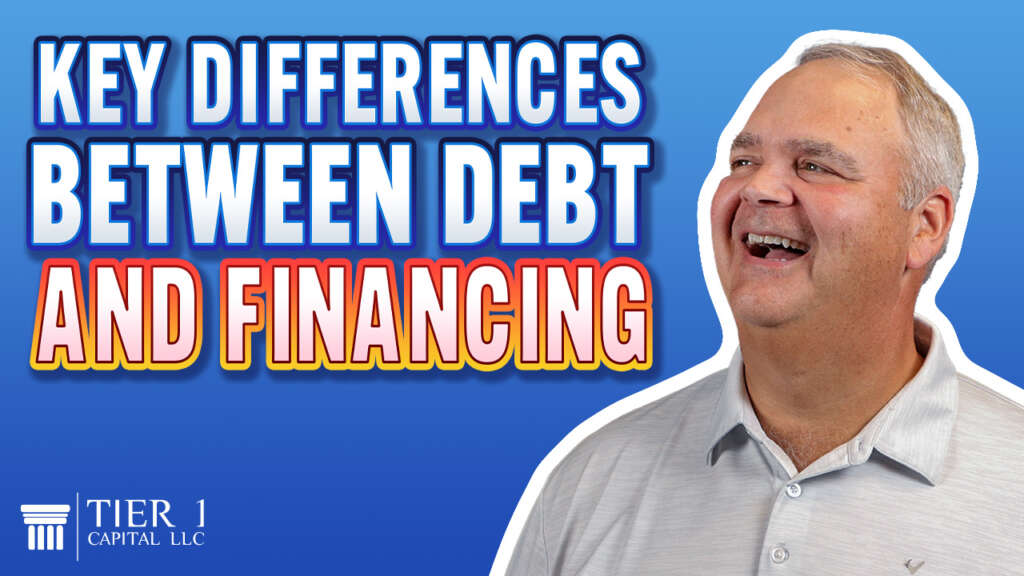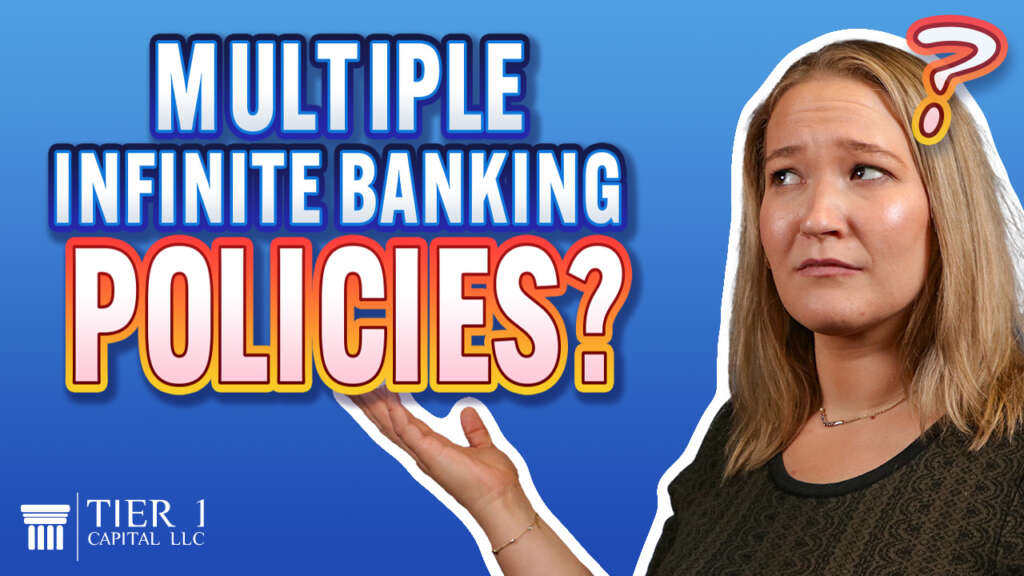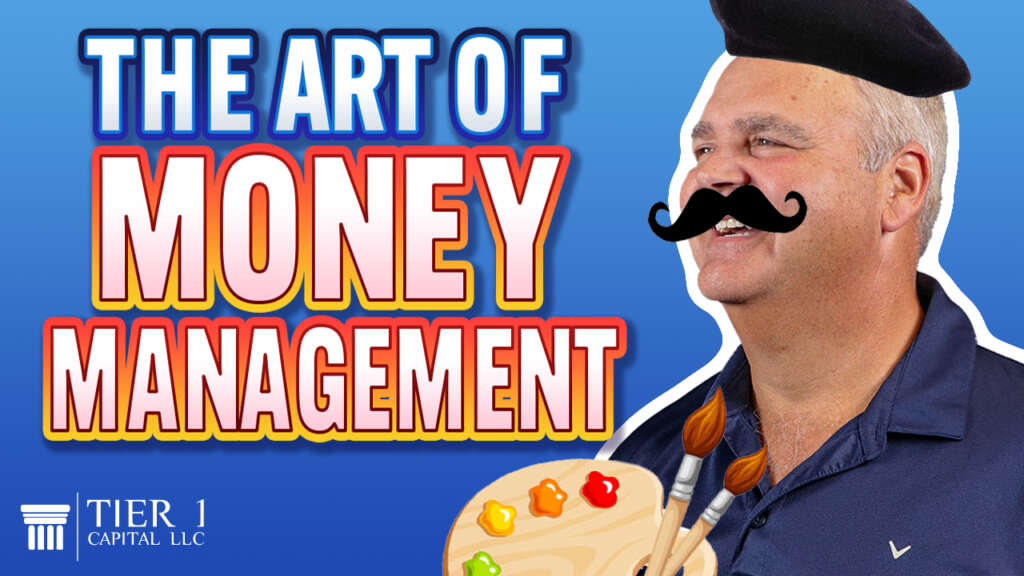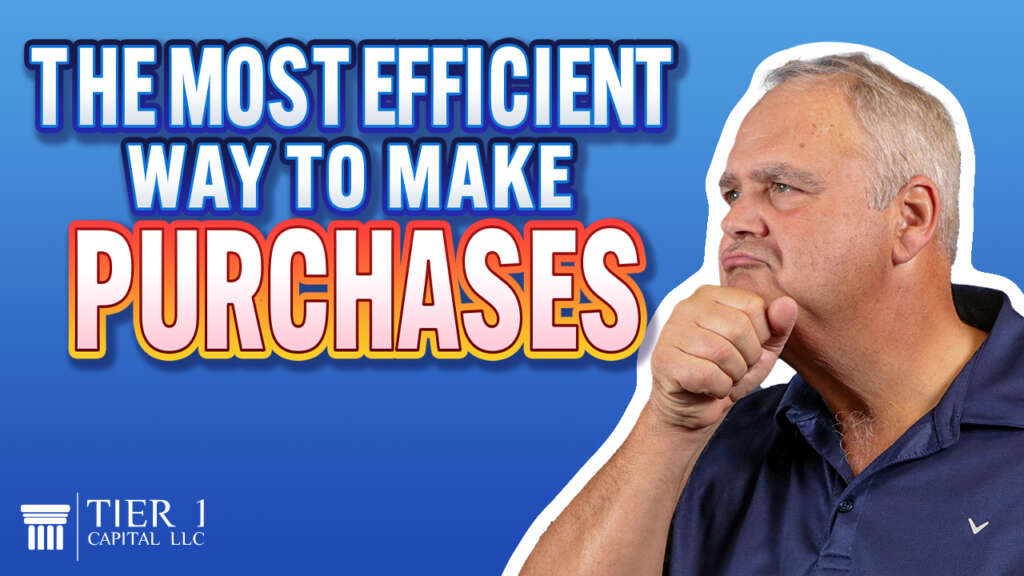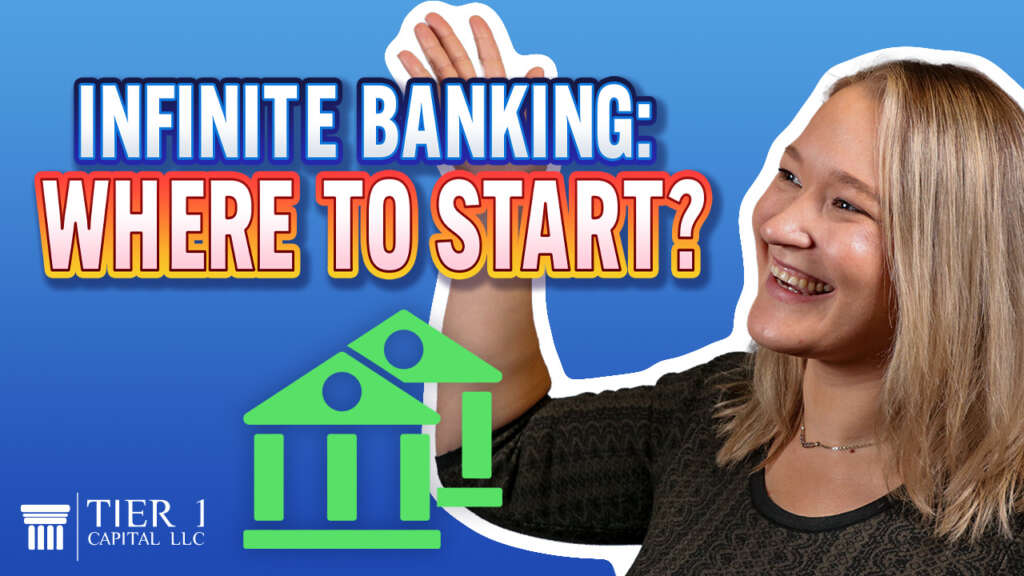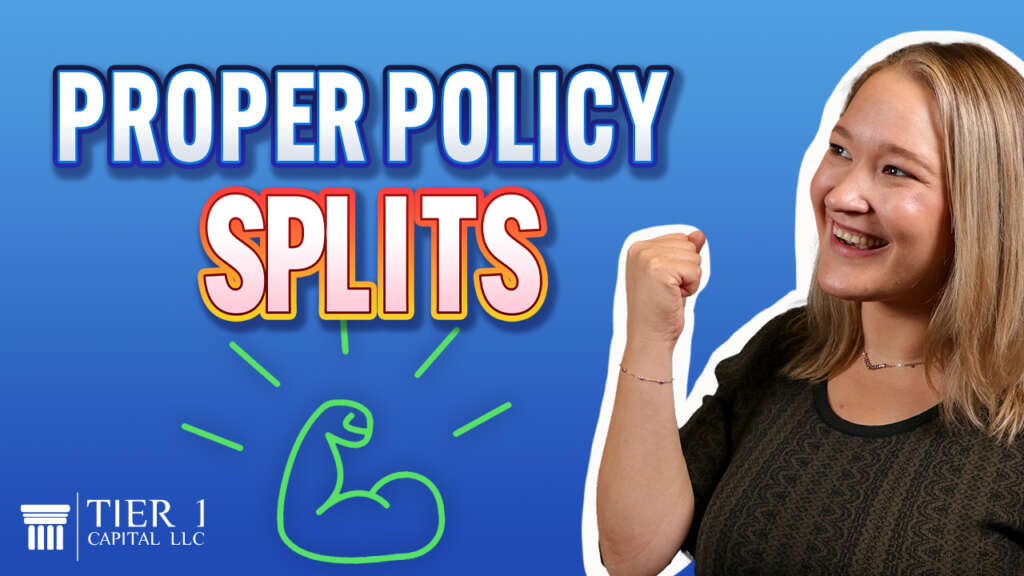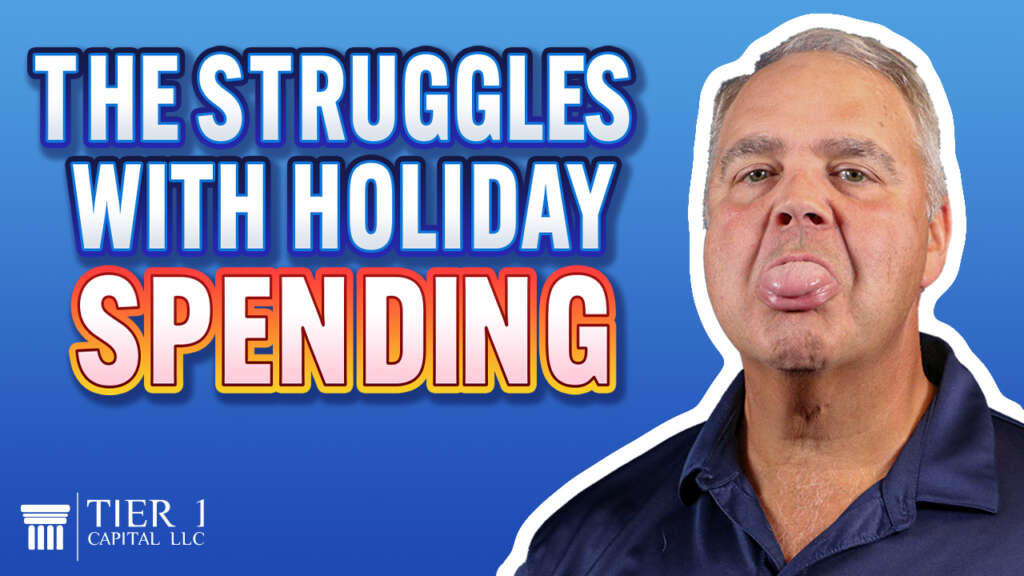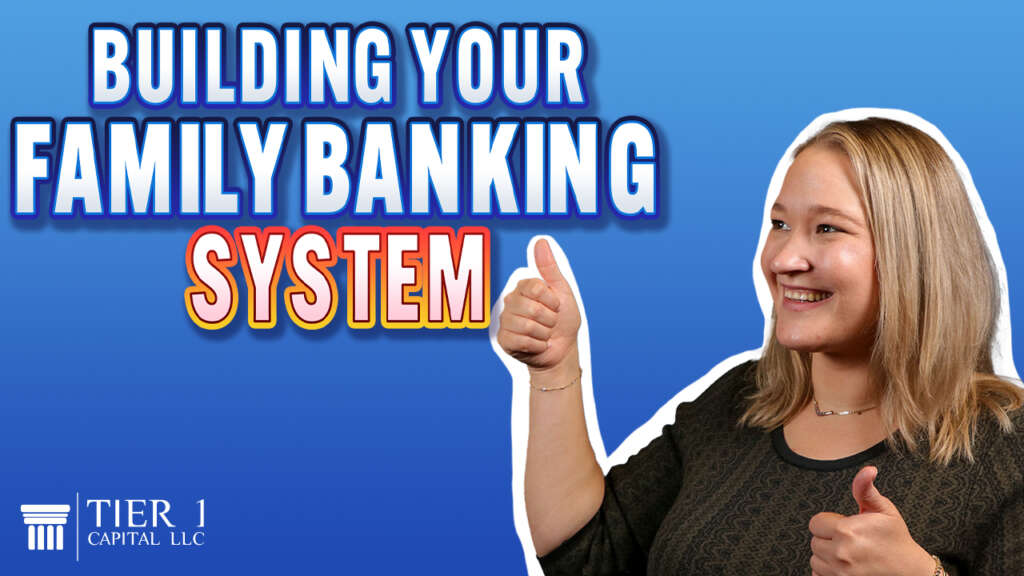
Imagine having a pool of cash that you own and control that’s large enough that neither you nor your family ever has to use traditional banking systems ever again. Now there may be an interest that needs to be paid on those loans, but imagine having death benefit to recoup the interest lost over those years of financing through this family banking system. That is power.
So here’s a recent example. We have a client who set up a policy several years ago and had absolutely no intention of borrowing against the cash value. The policies were purchased to fund a buy-sell agreement and to create an exit strategy for the principles in this business.
At the time of purchase, I had mentioned “Hey, this money is accessible if you need it.” But think of this. The interest rates that they were able to get from a bank were about two, two, and a quarter percent on a business loan.
Well, fast forward to last week. He had just purchased two trucks and had called and said, “Hey, what’s the interest rate to finance if I borrowed against my life insurance?” We told them it was 5.35%. His response was, “Sign me up.”
Whoa, what changed? He goes, “Well, it’s real simple. We borrowed to buy these trucks on our credit line. I got the interest statement. It was nine and a half percent.”
So think of this, he was going to pay 4% more interest on the same amount of money. That was an increase in interest payments of 75%. The interest rate is one thing, but a more important thing is that he was able to call up and say, sign me up. And that’s literally all it took. We sent him a form. He’s going to sign it, send it back, and submit it to the insurance company, and they’re guaranteed to send him the money because he has access to the money. This is the importance of having liquidity, use, and control of your money and regaining control of that finance function in your life.
When he draws on his credit line, every couple of years he has to provide financial statements and literally reapply for the privilege of getting that loan. And what happens if he doesn’t qualify? No loan! And what if he has a balance? Well, if he has a balance, the balance comes due. The point is that the bank is always in control, but when you’re borrowing against your insurance, you’re always in control.
So let’s transition over to how this could apply to your family banking system. By creating these policies, they become pools of cash, money that you have full liquidity, use, and control of that you’re able to use while you are alive. So you are able to take loans for yourself. Maybe you’re going on vacation, sending your children to college, getting out of credit card debt, or putting a down payment on the house, the options are limitless.
Imagine that you have a pool of cash large enough that you’re able to take control of the finance function for your family members as well. So imagine your children want to buy a house, want to start a family, want to start a business, want to buy a car, want to get married. They come to the family bank for financing because heck, since we are dealing with life insurance, one day hypothetically, this death benefit is going to be passed along to them anyway. So they’re borrowing from the family’s money that’s going to be passed on to the family, and they’re still entitled to a death benefit.
A death benefit that’s tax-free, that’s passed outside of probate, and that’s guaranteed that will allow you to recapture those costs, those finance costs, those insurance costs in the long run, and allow you to create generational wealth for generations to come.
This really underscores the importance of being in control of your money. If somebody else is controlling your money, they’re controlling your life.
If you’d like to learn more about how to put a family banking system in place for you and your family and your business, hop on our calendar by clicking the ‘Schedule your Free Strategy Session’ button. We’d be happy to chat with you about your specific situation.
And remember, it’s not how much money you make, It’s how much money you keep that really matters.



